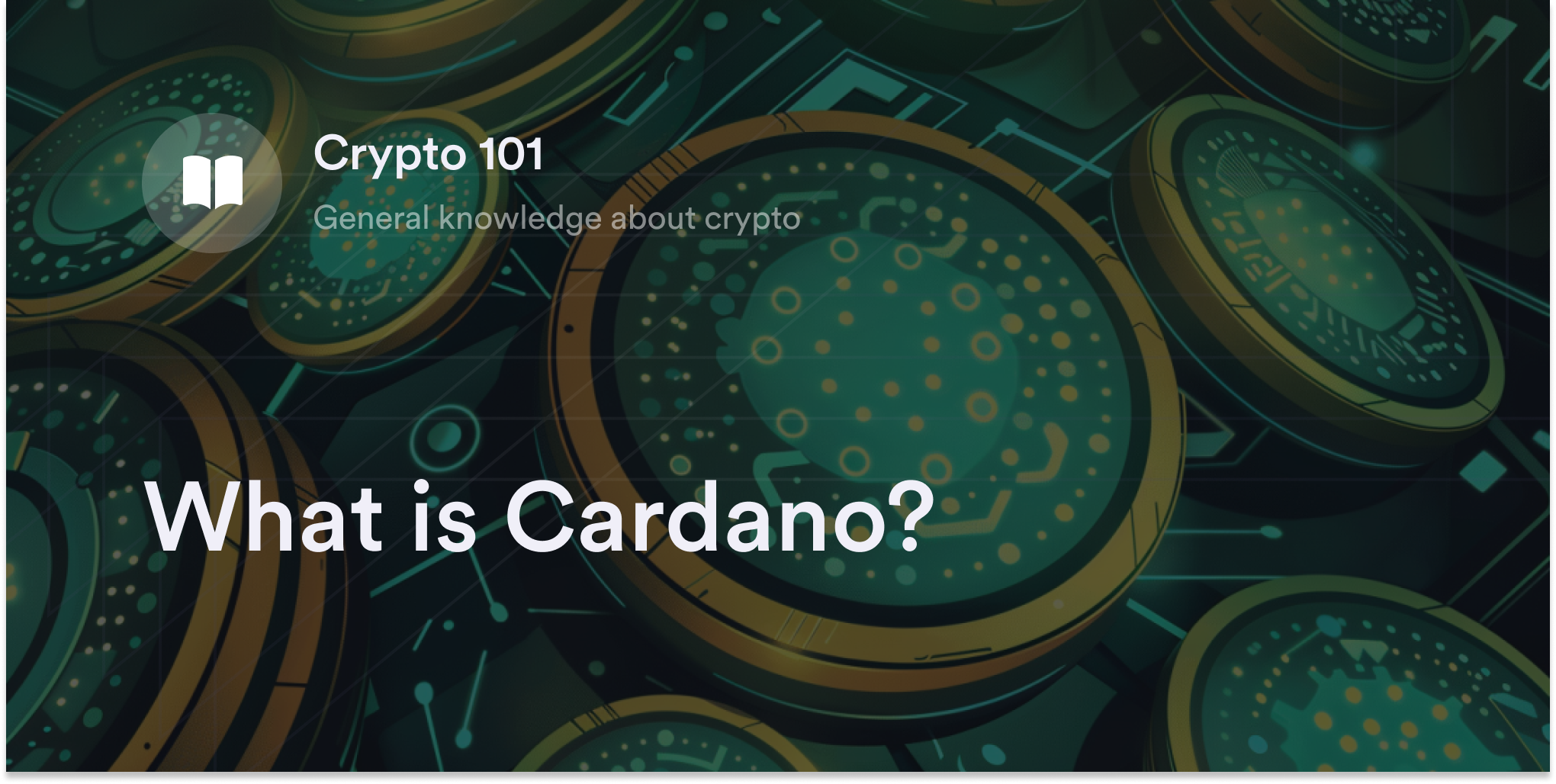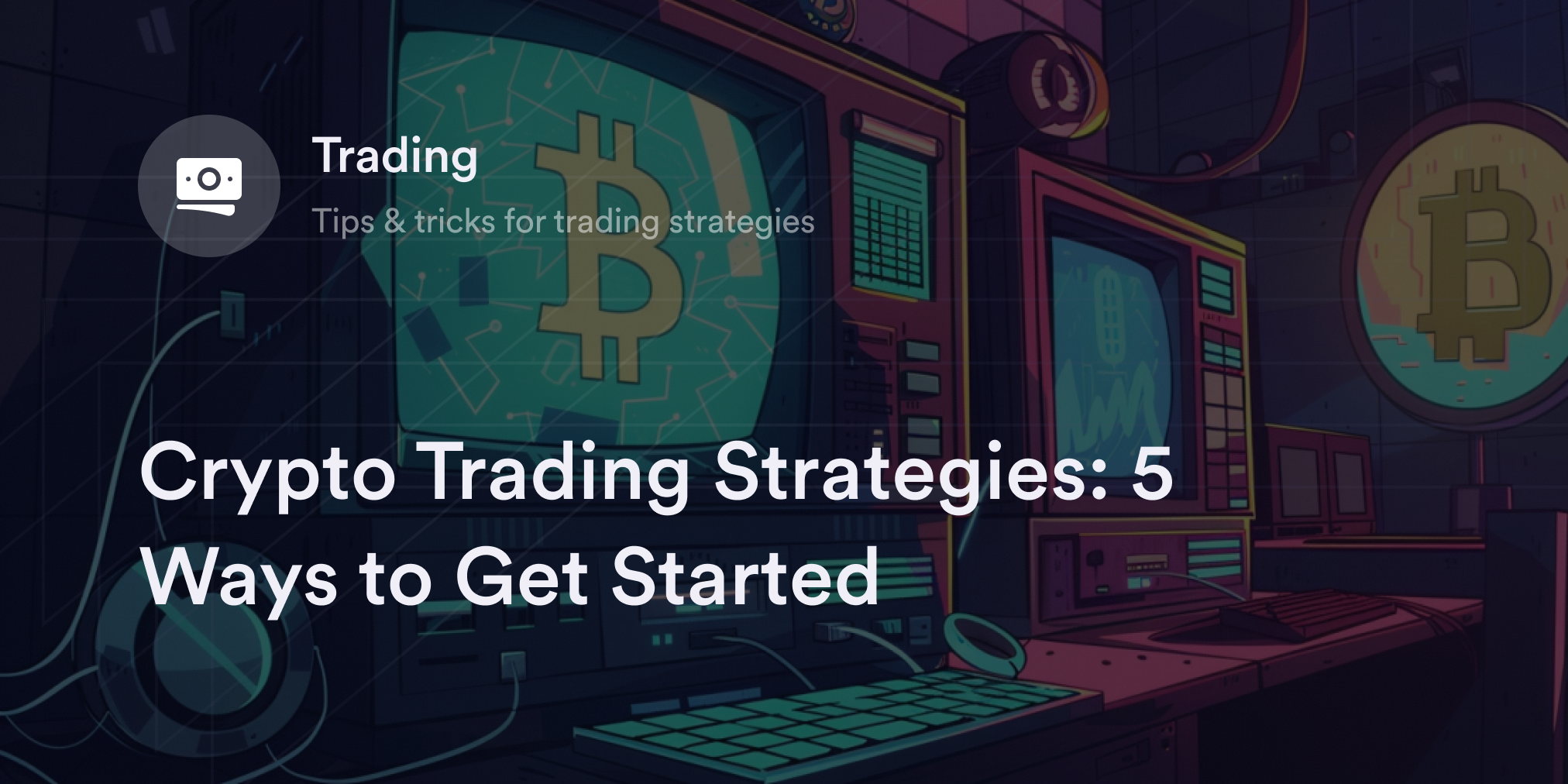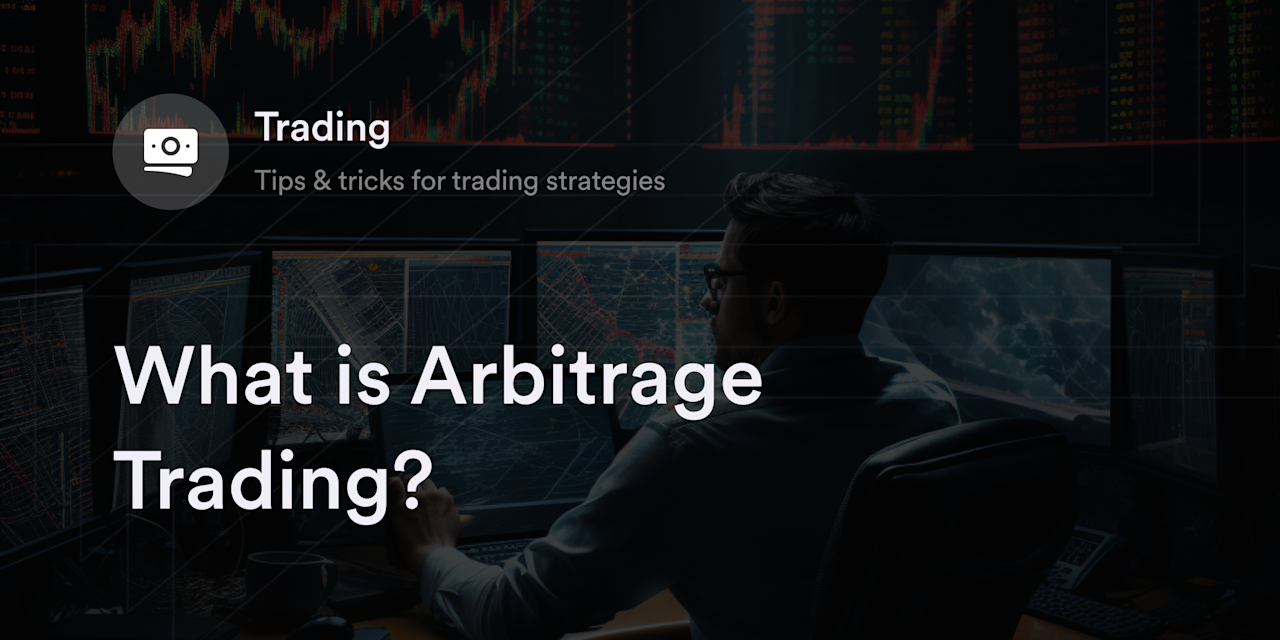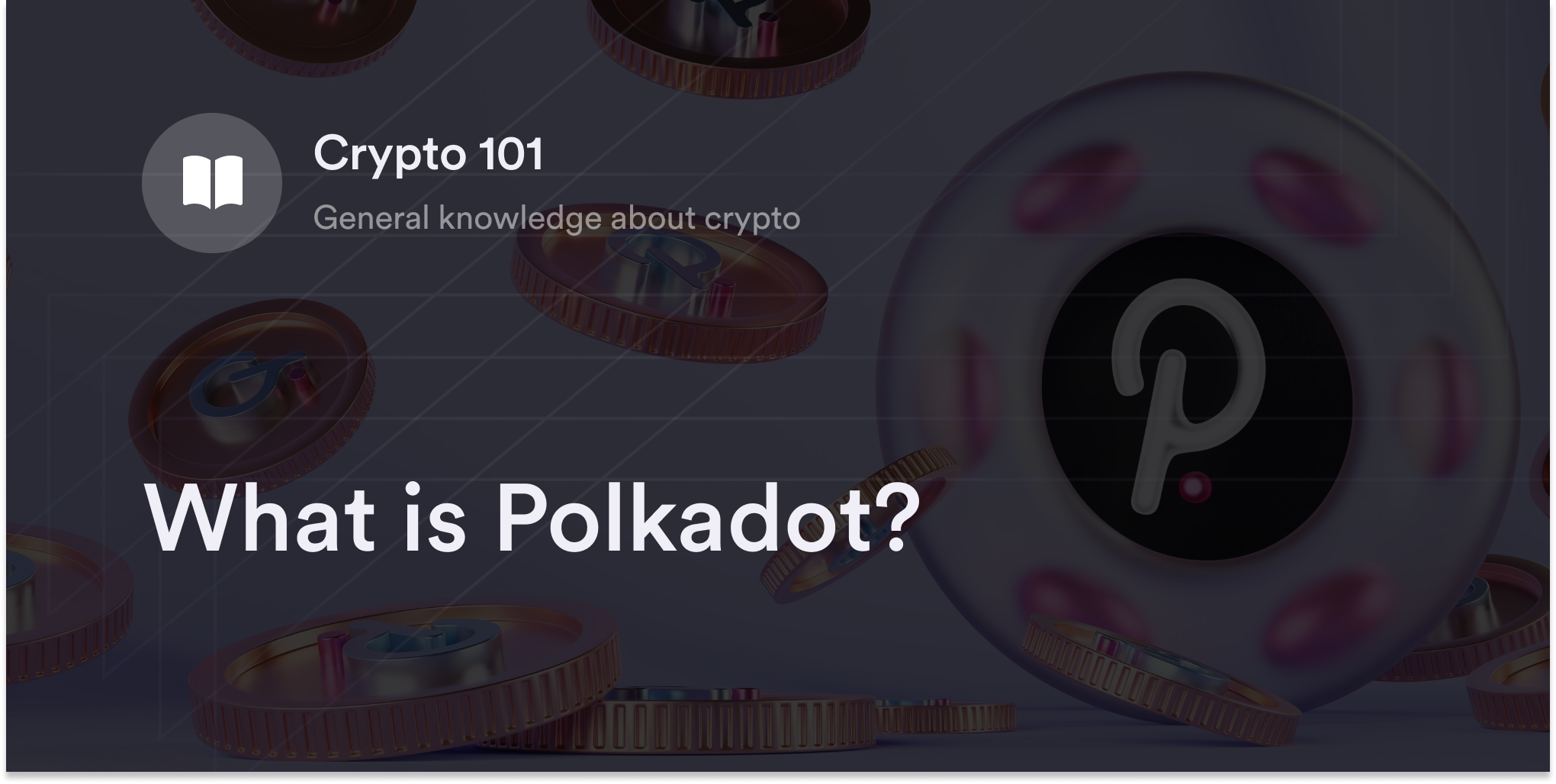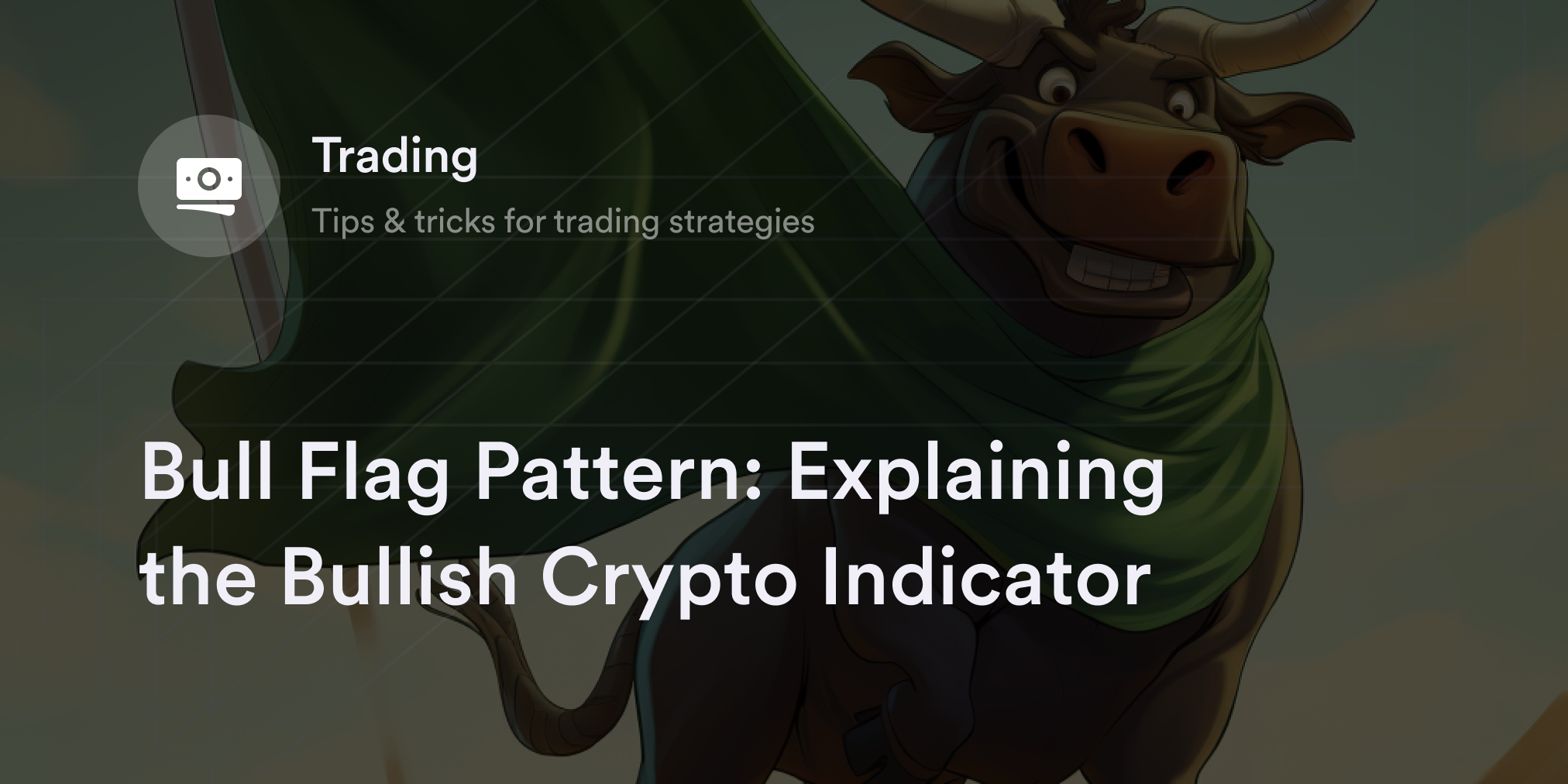
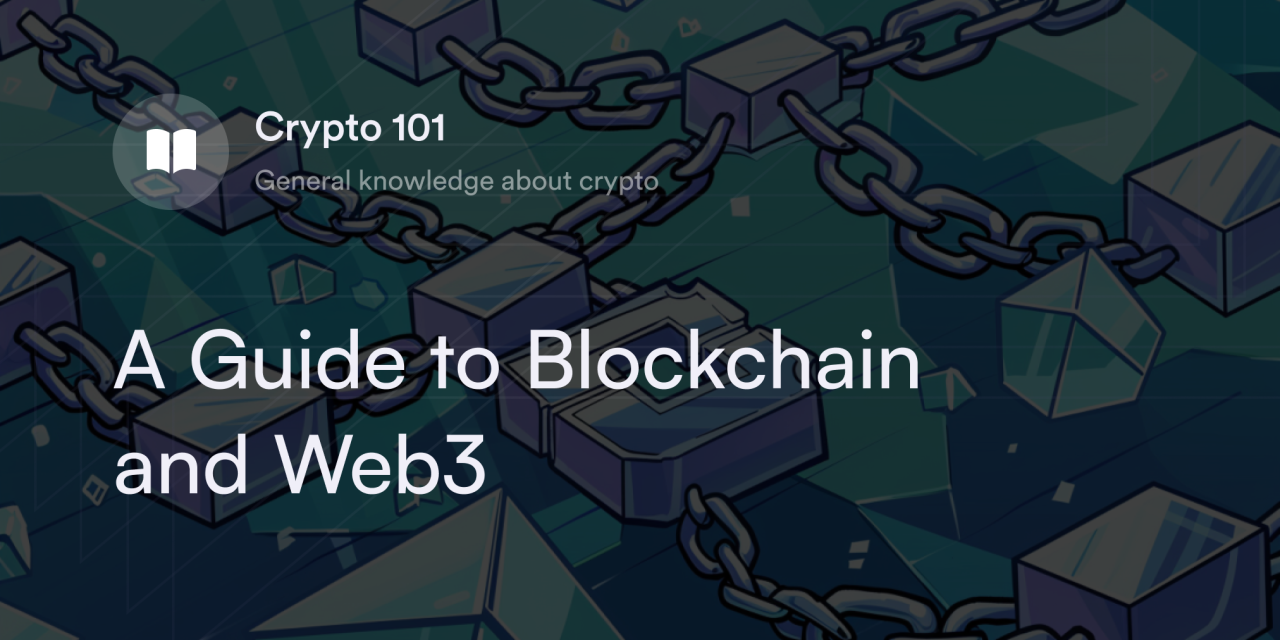

This article was sourced from the dYdX community! Thank you to Micah for contributing this content!
What is Blockchain Technology?
Blockchain is a decentralized ledger technology that securely and transparently records transactions and stores data. It uses cryptographic technology to ensure that validated transactions cannot be altered or deleted and are publicly visible on the network.
Blockchain was first introduced as the technology behind Bitcoin but has since been adopted for various other applications beyond cryptocurrency.
What is Web3?
Web3 is the term used to describe the set of technologies and protocols aimed at decentralizing the internet. It seeks to give users more control over their data and create a more equitable and decentralized online ecosystem.
Web3 technologies, such as decentralized applications (dApps) and decentralized finance (DeFi) platforms, are built on top of blockchain networks and utilize their underlying infrastructure to function. Therefore, Web3 is essentially an extension of blockchain technology, leveraging the initial technology to decentralize networks and applications further.
Web3 encompasses a wide range of technologies, including blockchain, peer-to-peer networks, and dApps. Web3 technologies are intended to empower users by giving them more control over their data and enabling them to interact with each other in a decentralized and transparent manner.
What are dApps?
dApps are applications built on top of blockchain networks. They are designed to be secure and transparent. They are frequently used to facilitate peer-to-peer interactions, such as trading and exchanging goods or services, without the need for a central authority. They operate transparently through open code and contracts deployed on the network, reducing the risk of censorship and ensuring accessibility for all users.
How does Web3 and blockchain fit together?
One of the significant ways in which blockchain and Web3 technologies intersect is through the use of dApps. As mentioned earlier, dApps are applications built on a blockchain network and run on a peer-to-peer network, so any central authority does not control them. Web3 refers to the next generation of the internet, where data and applications are decentralized and controlled by the users, not corporations. Web3 technologies, including blockchain, aim to create a more transparent, secure, and open internet.
The key difference between Web3 and blockchain is that Web3 is a broader concept, whereas blockchain is one of the underlying technologies that make up Web3. The difference between dApps and blockchain is that dApps are built on a blockchain network and run on a decentralized system. In contrast, blockchain is the underlying technology that enables the decentralization of dApps.
dYdX and Web3
dYdX is a decentralized perpetual exchange on the Ethereum blockchain that offers a secure and transparent platform for trading without relying on centralized intermediaries. It leverages blockchain technology to create a trustless, permissionless, non-custodial platform.
As part of the Web3 ecosystem, dYdX aligns with its core principles of decentralization and user control, working towards a more open and transparent financial system.
Summary
Blockchain and Web3 are often used interchangeably in discussions about digital assets, but it is essential to distinguish between them. Blockchain refers to the technology used by crypto protocols, while Web3 encompasses the broader ecosystem of dApps and other crypto technologies. Without blockchain, Web3 would not exist.
As Web3 continues to evolve, it is expected to play a significant role in shaping the future of the internet. Its focus on peer-to-peer interactions through dApps, decentralized finance through DeFi and management of digital identifies and personal data has the potential to create a more secure, transparent, and open online ecosystem for all users.
Disclaimer
The content of this article (the “Article”) is provided for general informational purposes only. Reference to any specific strategy, technique, product, service, or entity does not constitute an endorsement or recommendation by dYdX Trading Inc., or any affiliate, agent, or representative thereof (“dYdX”). Use of strategies, techniques, products or services referenced in this Article may involve material risks, including the risk of financial losses arising from the volatility, operational loss, or nonconsensual liquidation of digital assets. The content of this Article does not constitute, and should not be considered, construed, or relied upon as, financial advice, legal advice, tax advice, investment advice, or advice of any other nature; and the content of this Article is not an offer, solicitation or call to action to make any investment, or purchase any crypto asset, of any kind. dYdX makes no representation, assurance or guarantee as to the accuracy, completeness, timeliness, suitability, or validity of any information in this Article or any third-party website that may be linked to it. You are solely responsible for conducting independent research, performing due diligence, and/or seeking advice from a professional advisor prior to taking any financial, tax, legal, or investment action.
You may only use the dYdX Services in compliance with the dYdX Terms of Use available here, including the geographic restrictions therein.
Any applicable sponsorship in connection with this Article will be disclosed, and any reference to a sponsor in this Article is for disclosure purposes, or informational in nature, and in any event is not a call to action to make an investment, acquire a service or product, or purchase crypto assets. This Article does not offer the purchase or sale of any financial instruments or related services.
By accessing this Article and taking any action in connection with the information contained in this Article, you agree that dYdX is not responsible, directly or indirectly, for any errors, omissions, or delays related to this Article, or any damage, injury, or loss incurred in connection with use of or reliance on the content of this Article, including any specific strategy, technique, product, service, or entity that may be referenced in the Article.
This Article uses or incorporates content created by the author indicated herein and open-sourced by dYdX Academy under the MIT open-source license. dYdX Academy and the foregoing author are third parties unaffiliated with dYdX that received funding from the dYdX Grants Trust.
